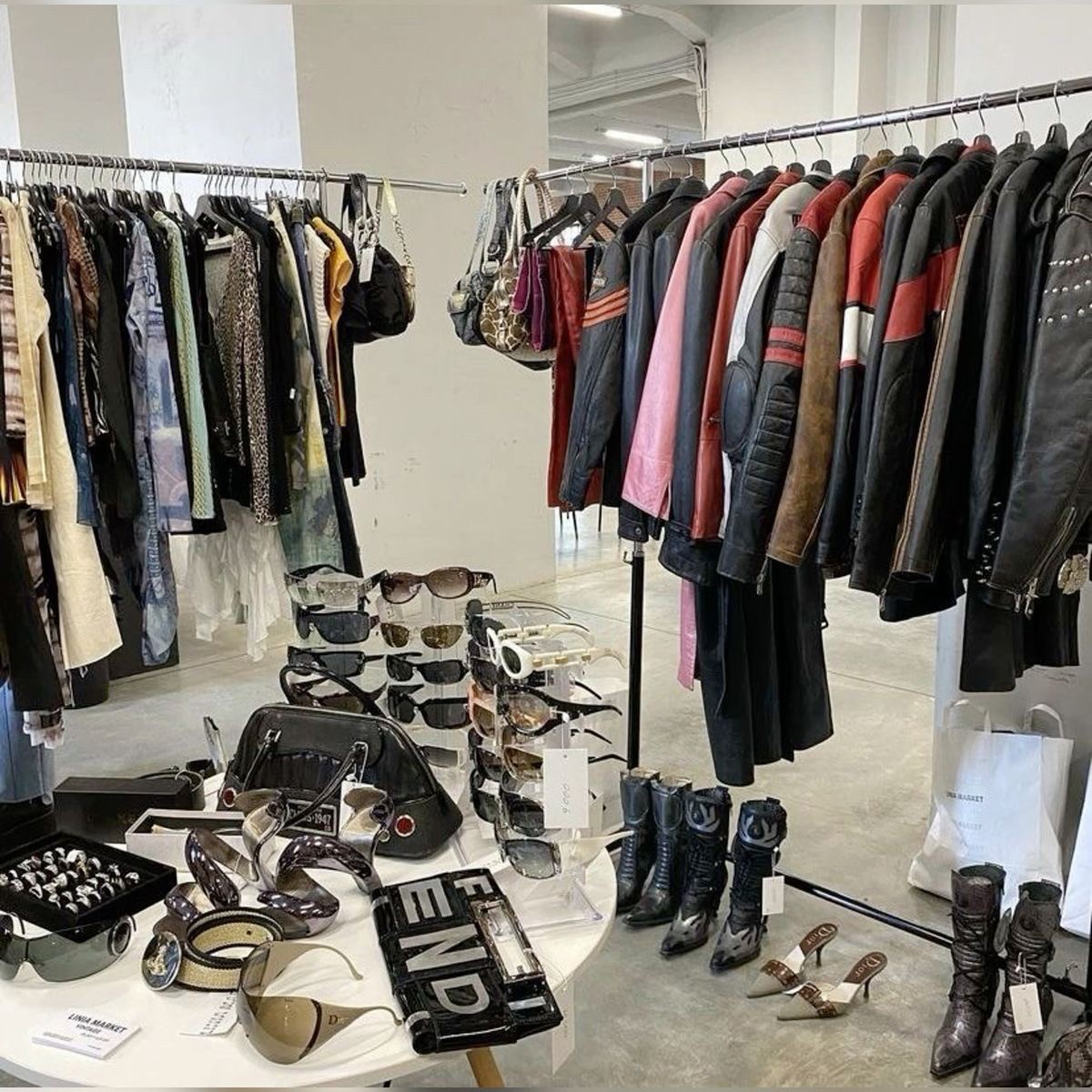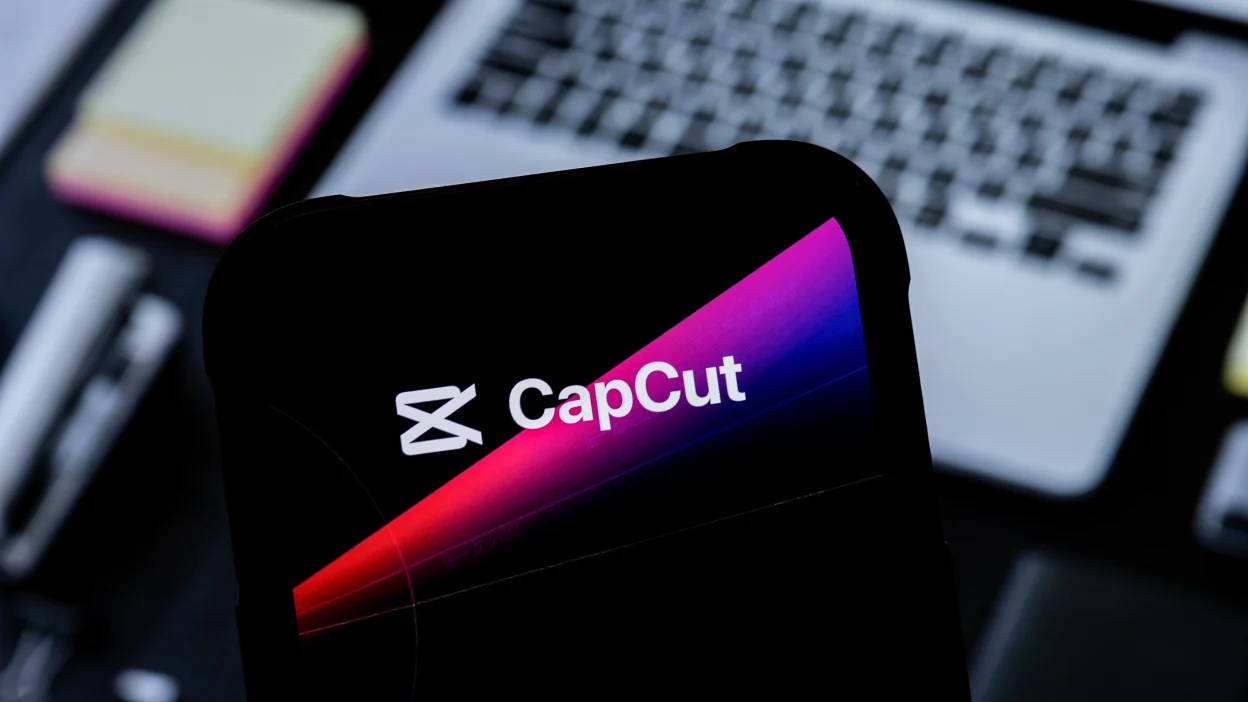Does it really happen? Yes, it does as socialism places us in a vulnerable situation.
Do you have facts that can’t be argued with? Yes and No, we tend to create these stories in our head
Couldn’t there be another way to look at the facts besides the belief? Yes, there is… scroll down
How do you feel when you think this way? What does it cause you to think or do? Something to think about…
Have you ever heard about Byronne Katy? Byronne Katy in her darkest hour, now a spiritual mentor to millions—discovered that life isn’t half as painful as we make it. The Work of Byron Katie is a systematic way to go back and take a second look at the thoughts that make you stressed. The first step of The Work is to identify a stressful thought. Then you simply ask four questions, and turn the thought around, finding at least three examples for each turnaround.
Here is a link to her Worksheets
Step 1:
Examine the Belief
In the context of a brand, this step involves critically evaluating the beliefs and assumptions about your brand’s capabilities, potential growth, or challenges. Brands often have self-imposed limitations, such as believing they can only cater to a certain niche or that expanding will lead to negative consequences. You should ask yourself whether these beliefs are grounded in reality or if there are other perspectives to consider.
Step 2:
Analyze Emotional Impact
As individuals with feelings and emotions, we react emotionally to our beliefs. Your brand can also experience emotions tied to your perceived limitations. Brands might feel uncertain, hesitant, or anxious about specific growth prospects or changes. You must recognize and address these emotions, which can influence decision-making and branding strategies.
We all change over time and that is okay fro your brand to change too.
Step 3:
Imagine an Alternative
Your brand can benefit from imagining a scenario where your limiting beliefs don’t exist. What would your brand look like if you didn’t hold back due to perceived limitations? How might you feel about embracing new opportunities and challenging the status quo? This step encourages you and your brand to envision a future where you’ve overcome your constraints and are thriving in a more expansive state.
Step 4:
Consider Contradictory Evidence
For your brand, this step involves identifying evidence that contradicts your limiting beliefs. For example, if your brand believes that growth will lead to negative consequences, you could look for successful examples of other brands that have expanded and thrived without negative outcomes. This helps to challenge and weaken the hold of the limiting belief by showcasing counterexamples.
Step 5:
Application to the Given Limiting Belief
In the context of your limiting belief, your brand might have a similar sentiment. You might believe rapid growth will lead to loss of control, increased stress, and unhappiness. However, by going through the steps, the brand could challenge this belief. They could consider successful businesses that have managed growth effectively, leading to increased profits while maintaining a positive work culture and work-life balance. This reframing could open up your brand to new growth opportunities without the fear of negative consequences.
Challenging limiting beliefs can help your brand identify and address its self-imposed barriers, fostering a more open-minded and adaptable approach to growth and change.
By examining these beliefs, your brand can make more informed decisions and create strategies that align with your true potential.
Sometimes it’s easier said than done, but I can help you navigate this area. As I already said, I know many people who agree with this
I’ve noticed it in myself, too. I enjoy my life and get more satisfaction from my business now as I am more aware.
This is also something that most people go through, and you are never alone; if you are interested in exploring more, let’s have a conversation.






